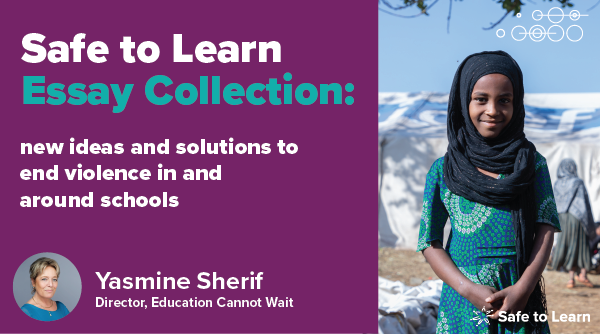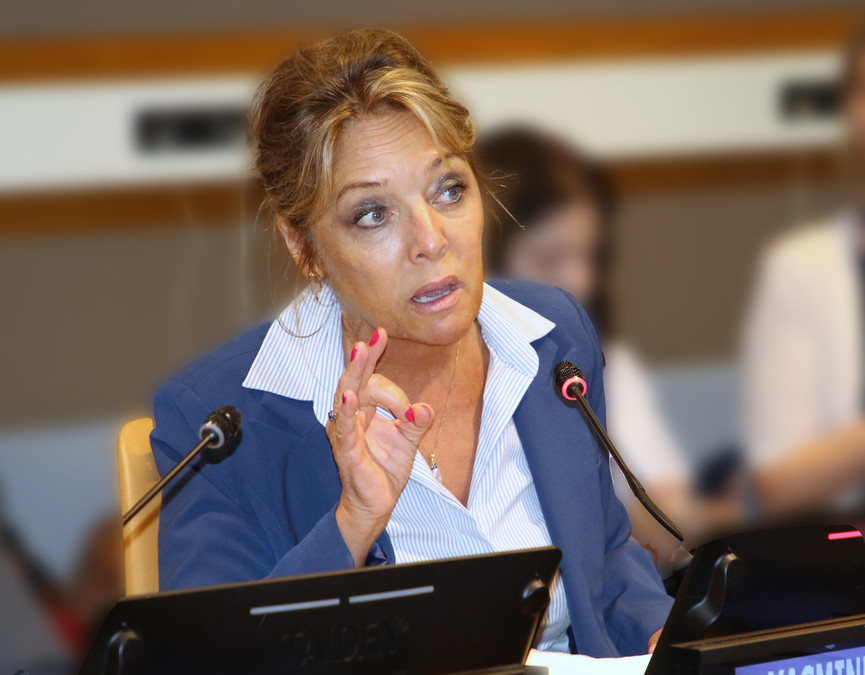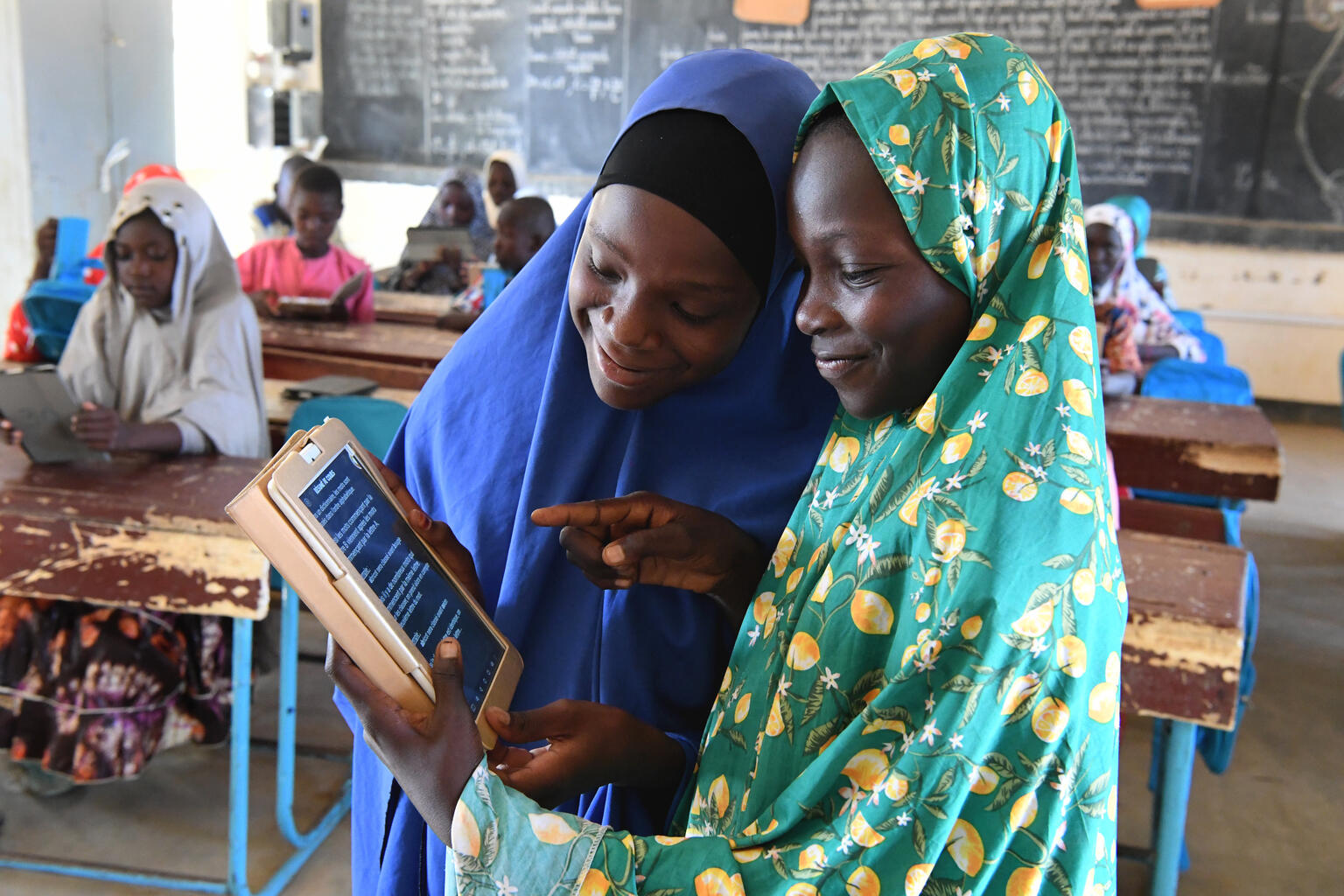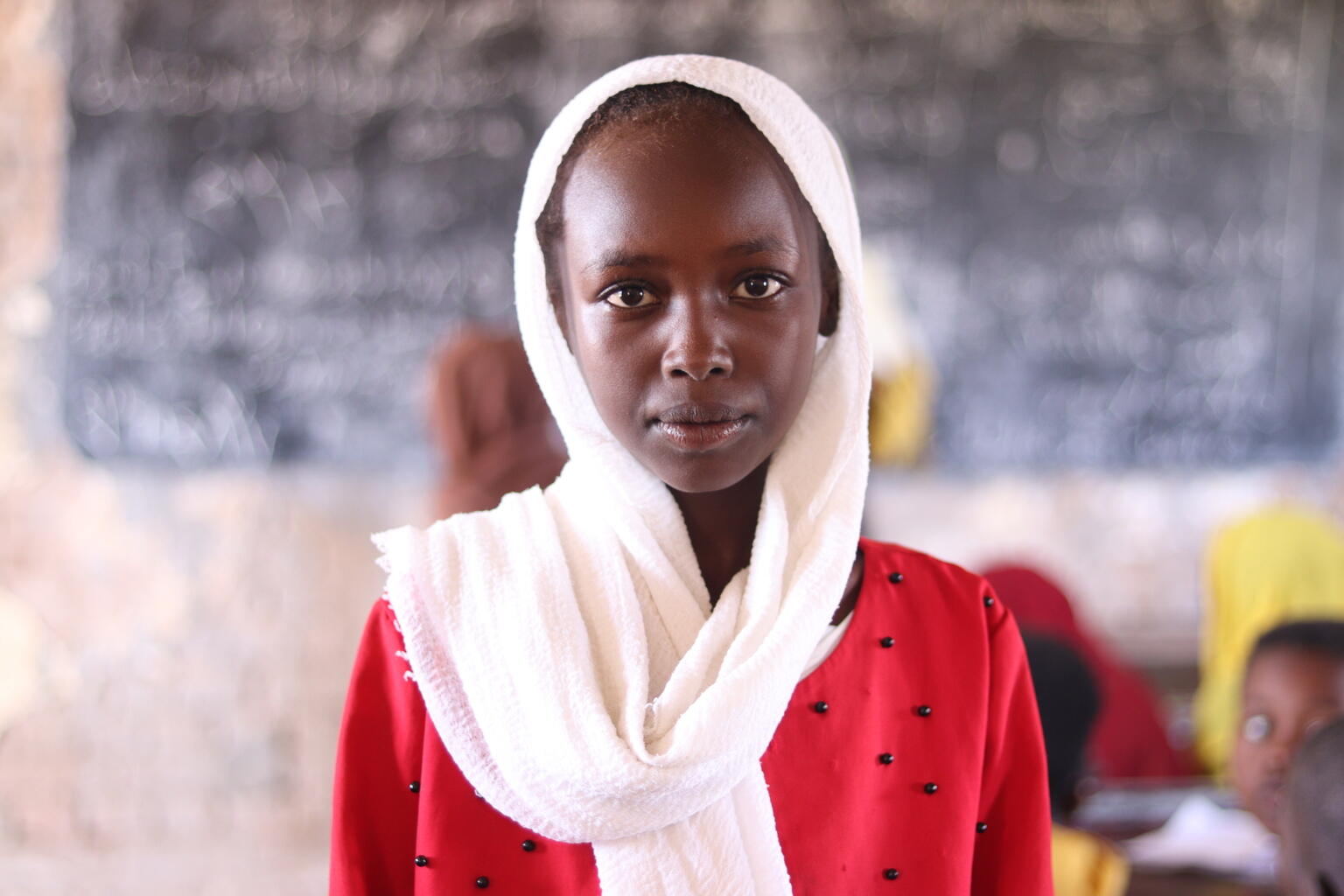Safe to Learn Essay Collection: 'How conflict and emergencies escalate violence in schools and what must be done'

Ukraine, the latest armed conflict to have erupted in the world, is yet another stark reminder that schools are not safe in times of conflict and may even be the target of violence. Between 17 February and 3 March 2022 alone, over 20 incidents of attacks against education were reported in Ukraine and the Ministry of Education told of the destruction of 160 education facilities in government and nongovernment-controlled areas.
Ukraine is one of many crisis countries where schools and education are targeted as a means of warfare. The number of attacks on schools in conflict-affected Western and Central African countries, Burkina Faso, Cameroon, Central African Republic, Mali, Niger, and Nigeria – where Education Cannot Wait provides multi-year education investments - have increased from 303 to 802. In the Tillabery region of Niger alone, conflict led school closures to increase from 312 to 758 in 2021, affecting at least 72,000 young girls and boys deprived of access to education.
Violence around schools may also have long-term impact on the ability of children and their teachers to access education facilities. In Boali, Central African Republic, the surroundings of the school have been scattered with landmines and other improvised explosive devices. Students are not able to return to school since CAR does not have the necessary demining capacity.
Countless educational facilities have also been used by parties to armed conflicts as their bases or barracks, or to serve as detention centres. The use of these school buildings by men in arms increases the risk that schools will be damaged or destroyed as they become targets. Teaching and other school supplies and equipment are too often looted in these situations.
Violence and conflict lead to forced displacement, which negatively impacts schooling and learning for internally displaced and refugee children and youth and the host communities where internally displaced or refugee students and teachers settle. Girls living in emergencies and protracted crises are particularly at risk as they are explicitly targeted because of their gender. Parties
to the conflict have been reported to target school facilities specifically to stop girls from accessing education. Due to the long distance to access learning spaces and the risks girls encounter on the journey, many families keep their girls out of school and even marry them off to reduce the risk of gender-based violence in and around schools. In other contexts, girls are at heightened risk of being abducted, to being subjugated to sexual slavery or of early marriage, including with combatants. For boys, the risk of forced recruitment as combatants or kidnapping for use as support in military operations is quite high.
Attacks against schools further set behind the education systems of these fragile and conflict-affected countries that were already struggling to make strides towards the achievement of Sustainable Development Goal 4 on inclusive and equitable quality education for all. The increase in secondary education enrolment seen in every region of the world has failed to materialise in conflict-affected Sub-Saharan Africa. Likewise, gender parity is yet to be achieved for 62 million girls around the world, with the highest concentration in violence-ridden Sub-Saharan Africa.
Conflict and emergencies marshal violence in, against and around schools, that disproportionately affects girls, and exacerbates existing structural problems in already fragile education systems. Every year, millions of crisis-affected girls and boys are left behind and today 222 million children need educational support. This figure hides a long litany of violence targeted at children and their teachers. Many of them have been threatened, harassed, kidnapped for ransom, or killed merely because they were going to school to learn or to teach. Many also carry the scars of psychological trauma long after the incidents themselves.
Surviving in the most dangerous environments on earth and without any safety to learn, these are the children and youth that we need to reach first. Investments must focus on the continuation of education during conflict; rehabilitation of schools; removal of anti-personnel mines and unexploded ordnance in and around the schools; inclusion of crisis-affected children and youth; teacher training and positive pedagogy; mental health and psychosocial programmes; community-based interventions for gender equality and girls’ empowerment; and protection assistance to student victims of unsafe schools. Respect for educational facilities is enshrined in International Humanitarian Law and the Safe Schools Declaration. Still, we also need to ensure physical protection on the ground. Without it, millions will live in fear rather than hope. This is not acceptable in the 21st Century.
This essay was authored by Yasmine Sherif for the Safe To Learn Essay Collection – a collection of essays published by The Safe to Learn initiative and End Violence Partnership, with the support of Education Cannot Wait and partners, to examine and tackle the causes of different forms of violence in and around schools.




